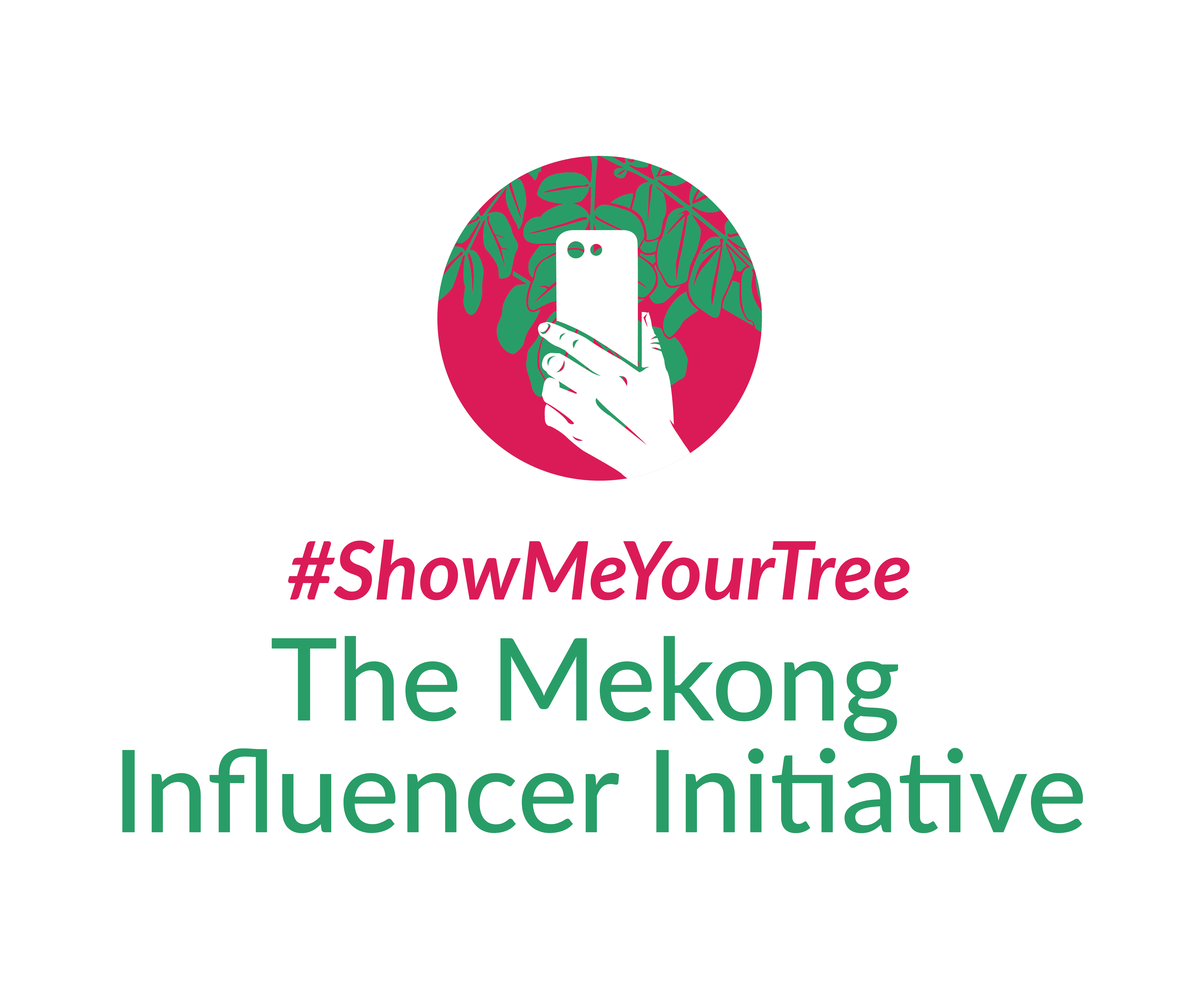To mark the International Day for Disaster Reduction, the #ShowMeYourTree campaign launches on October 13 — a call to action for everyone living in the Mekong region and beyond to defend our vital rainforests with the tools you carry with you everyday … your creativity and your smartphones.
Over the last two decades, the Mekong has lost 38,230 square kilometers of forest to logging, infrastructure, and industry—that’s an area about half the size of Ireland.
Southeast Asia is home to nearly 15% of the world’s tropical forests and 20% of global plant, animal, and marine species. But the region also has one of the world’s highest rates of deforestation, losing 1.2 percent of rainforest annually as early as 2013.
In the Mekong—Cambodia, Laos, Myanmar, Thailand and Vietnam—we’re up against major challenges: big business, huge infrastructural plans, and weak governance. Meanwhile, money is extracted from our shared forest resources, and the defenses they provide for us from dangerous carbon dioxide emissions are stripped away.
“When talking about the environment, deforestation, and indigenous rights, the difficulty increases, as they are not always easy topics to communicate. Influencers are a key part of this equation. Their voices are echoed to reach specific audiences in the midst of the ocean of information available online.”
— Flora Pereira, director of International Education and Outreach Program
"Engaging with our audiences on social media is critical to safeguarding our rainforests and natural resources. By partnering with online influencers and content creators, reporters will have a far better chance of reaching and educating diverse audiences with their Pulitzer Center investigations."
— Anton L. Delgado, Rainforest Investigations Network Fellow
The #ShowMeYourTree campaign—inspired by Rainforest Journalism Fund and Rainforest Investigations Network reporting—is a simple, actionable call for all of us to weaponize our social media to defend our environment, share knowledge on our forests, and make those in power listen.
To take part in this fight to protect what is ours, simply share memories and anecdotes, photos, IG stories and short videos, memes, slogans, or drawings linked to your favorite forests, trees or plants … from the serious to the funny, the incidental to the confronting to drive a fun, dynamic engagement with followers/subscribers linked to #ShowMeYourTree.
“In a way, every tree holds their own version of recorded history, what they went through, and their own story. They can say so much without saying a single word. It's why I'm delighted to be a part of this campaign, because the history of our rainforest and their roots are intertwined with our human history. We're one and the same."
— Catherine Harry, Cambodian vlogger and founder of A Dose of Cath
From communities displaced by a gold mine in Myanmar to illegal poaching and logging in the Cardamom mountains of Cambodia, and the expulsion of Indigenous peoples from their ancestral lands in Thailand, this is a region where our voices are often shut down.
But we all know the problem. Be part of the solution and join #ShowMeYourTree.
Background information
-
Eight Association of Southeast Asian Nations (ASEAN) countries are among the 50 hardest hit by the climate crisis, including Myanmar, Cambodia, and Thailand.
-
Forest coverage in ASEAN countries has dropped by 10% in the last decade. However, the percentage of community forests is rising, not because of reforestation, but because community forests are better defined.
-
Cambodia lost nearly 22,000 square kilometres (8,494 square miles) of its tree cover, just over 20%, from 2001 to 2019, according to data from Global Forest Watch. The main drivers behind deforestation in Cambodia are conversions of forest lands for agricultural use and targeted logging of valuable species, such as Rosewood, for Asian furniture markets.
-
In Thailand between 2014-2015, crimes against local communities climbed to 7,000 cases, and 30,000 square meters of land were confiscated as a result of Thailand’s reclamation policy. However, 20 years after the policy was implemented, the forest coverage remains the same.
-
Myanmar has 17 large-scale coal deposits, with total resources of more than 500 million tonnes. According to an independent report by the Myanmar Alliance for Transparency and Accountability (MATA) in 2019, stored coal ash in the plant seeped out and damaged the health of locals including miscarriages, cancers, and other serious diseases.
-
Myanmar residents and activists describe widespread environmental destruction as a result of the gold rush—polluted water, erosion, deforestation, and loss of farmland.

